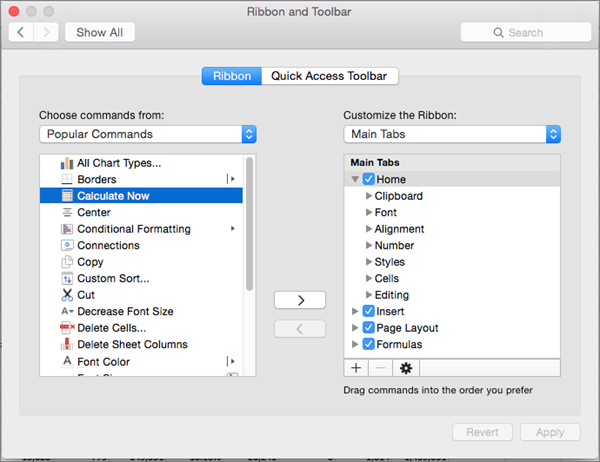


Double-click to select a single line, then follow the steps below to turn it into a style. You need to save each line as a style in your word processor so you can automatically format text as you write your screenplay. Google Docs: Go to Format > Line Spacing and select the relevant options at the bottom. Microsoft Word: Go to the Line and Page Breaks tab to choose your settings.Īpple Pages: Open the Format sidebar, then go the More tab. Then use the same settings to turn on Keep lines together (or Keep lines on same page in Google Docs) for: Use the settings below to enable the Keep with next option for: This way, sluglines or character names always appear with the action or dialog lines that follow them. It's important to keep certain lines together in a screenplay, even if that means leaving white space at the bottom of a page. The only exception to this is transition lines, which are aligned to the right.ĭouble-click to select the Transition line, then align it to the right. AlignmentĪlmost all text in a screenplay is aligned to the left, which is the default for most word processors. Google Docs: Go to Format > Align and Indent > Indentation options. Set the First indent to the same as the Left one. Microsoft Word: Open the Layout tab in the toolbar.Īpple Pages: Open the Format sidebar and go to the Layout tab.

#How to search a page for a word on a mac free
These settings are the most likely to vary from script to script, so feel free to make adjustments based on the format of your target screenplay.ĭouble-click to select a line, then set these indentations with the settings below: The indentation determines the gap to the left or right of each line in your screenplay. Now double-click to select a single line and set these Before and After line spacings: Google Docs: Go to Format > Line spacing > Custom spacing. Microsoft Word: Go to the Home tab and open the Line Spacing Options from the Line Spacing dropdown menu.Īpple Pages: Find the Spacing section in the Style tab of the Format sidebar. Press Ctrl + A (or Cmd + A on a Mac) to select everything, then make the line spacing Exactly 12 points (or Exactly 1 in Google Docs). The line spacing determines how much white space appears before or after a line. This is determined by the line spacing, indentation, and alignment settings for each of the different font styles. The recognizable look of a screenplay mostly comes from its use of white space. Google Docs: You can't create a capitalized style in Google Docs, so you need to remember to capitalize these lines yourself as you write. Enable the box for All Caps.Īpple Pages: Open the Format sidebar, go to the Style tab, and open the Advanced Options menu beneath the font size. Microsoft Word: Right-click the selected line and open the Font menu. Double-click to select the following lines, one at a time, then use the settings below to make them capitalized: CapitalizationĬertain lines in a screenplay only ever appear in all capital letters. But whichever slugline style you choose, keep it consistent across every page of your screenplay. You can choose a different style if you wish. To do so, double-click the word "Slugline" and press Ctrl + B (or Cmd + B on a Mac). We made our slugline bold, to match the Avengers: Endgame script. You may see them bold, underlined, or just capitalized. Sluglines, or scene headers, appear in a range of styles across different screenplays. Transitions: Used to emphasize the change to a new scene, such as Cut To.Dialog: The words spoken by characters in your screenplay.
#How to search a page for a word on a mac how to
Parenthetical: Appears in brackets before dialog, explaining how to deliver that line.Character: Appears before dialog lines to show which character is talking.Action: Describes the setting, characters, or actions in a scene.

Slugline: Also known as a scene header, details the time and place of each scene.You'll format each of them differently below, then save them to keyboard shortcuts for easy access.įor reference, here is what each style refers to: Then type these six words, each on its own line:Įach word refers to a different font style within a screenplay. You could also use variants of Courier, such as Courier New or Courier Prime. Before typing anything, set the font to Courier at 12 point size.


 0 kommentar(er)
0 kommentar(er)
